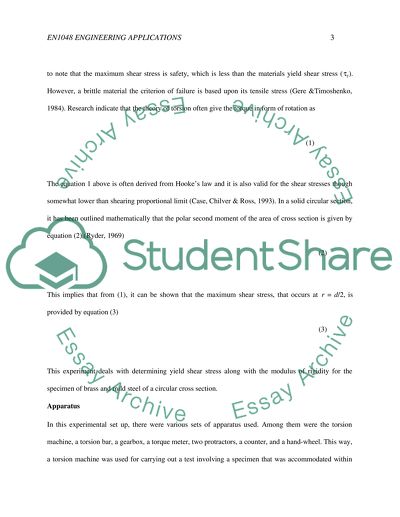Cite this document
(“Torsion Lab Report Example | Topics and Well Written Essays - 1500 words”, n.d.)
Retrieved de https://studentshare.org/engineering-and-construction/1468954-torsion
Retrieved de https://studentshare.org/engineering-and-construction/1468954-torsion
(Torsion Lab Report Example | Topics and Well Written Essays - 1500 Words)
https://studentshare.org/engineering-and-construction/1468954-torsion.
https://studentshare.org/engineering-and-construction/1468954-torsion.
“Torsion Lab Report Example | Topics and Well Written Essays - 1500 Words”, n.d. https://studentshare.org/engineering-and-construction/1468954-torsion.


